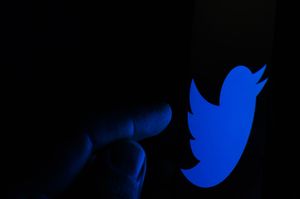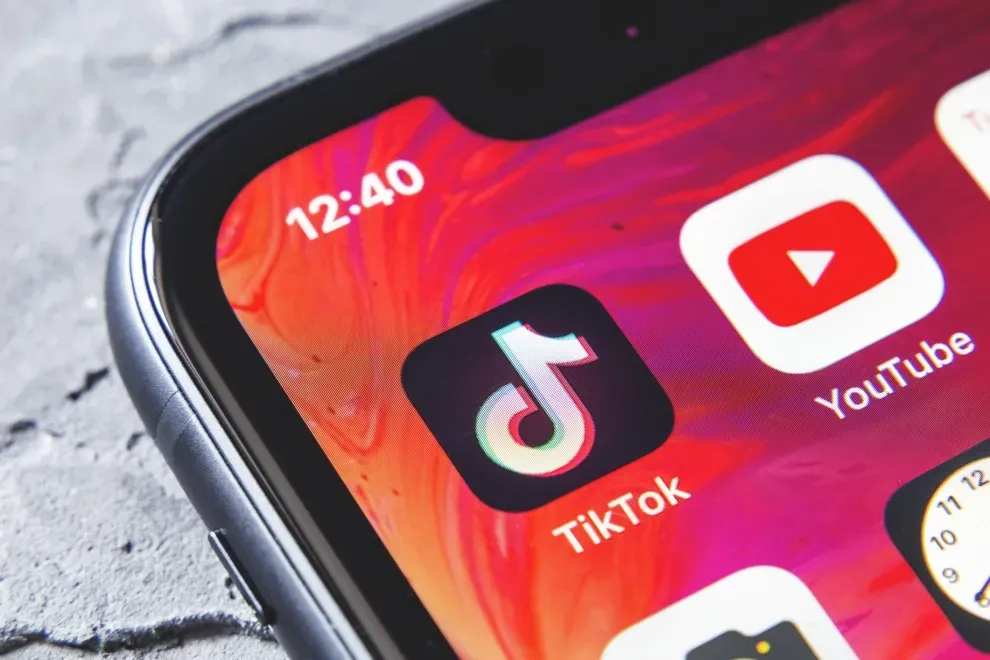In this third and final part of this long-form article, I bring it all together.
In Part 1, we laid out the stage and pieces of the gameboard to understand the stakeholders, environments, and key arguments in favour/against the removal of the public dislikes count.
In Part 2, we explored the actual arguments of creators and consumers of content in greater detail in a debate format.
This post focuses on the drivers behind YouTube's unpopular decision in an age of ever-increasing competition from modern social media platforms!
Business Considerations
YouTube is a business. There must be more behind this, than simple social unrest and doing no harm.
Let's check out its competitive landscape.
Market position on dislike buttons
Only YouTube and Reddit have such dislike/downvote button capabilities of the top social media platforms.

The rest of the market (Facebook, WhatsApp etc), completely hide the option to downvote or dislike. The best indication I got for these platforms missing such a dislike capability is mainly linked to the potential it may have:
- Drives negative behaviours by some members that in turn lower the level of engagement by the broader group.
- Negatively impact image-conscious people lowering desire to engage and share again.
- Limit the impact of celebrities and influencers that drive traffic and repeat engagement towards their platform.
- Limit interest of businesses to advertise on their platform in favour of other platforms without such capabilities.
The direction of the video industry
Video engagement trends have been evolving from 30-second ads to viral videos, to vlogs and live videos. Today, we have long-form discussions and educational content that drive new video marketing and customer engagement strategies for personal and businesses.


The future of video marketing and engagement is only bound to get even more immersive. So, for YouTube to retain its relevancy, it must constantly improve its ability to engage its base and keep them loyal to its brand.
Fastest-growing competition
In particular, we want to keep an eye on TikTok, whose primary value proposition is around the delivery of video content to audiences globally, directly competing for eyeball time with YouTube.

At first glance, the user base of TikTok is relatively smaller than that of YouTube.
Wait, what?!?!?!?!....TikTok is going through the roof!
Information from the "Influencer Marketing Hub" and "BusinessOfApps" sources around TikTok statistics, revenue, users and engagement stats for 2021 provided the most revealing set of data points of all:
- TikTok is the 2nd most downloaded app on iPhone and is installed on over 2.6 billion devices worldwide.
- 63% of engaged TikTok users have liked a video in the last month.
- 54% of engaged TikTok users claim to have commented on someone else's video.
- 69% of US teenagers are regular TikTok users. This means that TikTok engagement numbers are conquering key demographics of younger millennials and generation Z audiences.
- TikTok is growing at 38% compared to the 5% of Youtube.
- TikTok is the most popular social media app for kids at 41%.

If we take this data, compute its growth by %, and compare it to the market, something extremely important takes shape:

As the 3rd fastest growing brand of 2020, YouTube must actively manage its environment against any reasonable threat that can make its user base build a more meaningful following on alternative platforms.

Bringing it all together

The inherent human desire to be recognised and appreciated is what the "like" button caters to in a way. Many users share content for knowledge and interest in discovering whether people respond to their thought process and outlook.
When a user's content is disliked in mass, it is interpreted as a rejection of their idea and thought process. This mass and public rejection would most likely discourage users from posting something new in the future or have even worse psychological impacts.
As we ran through the arguments and the data points:
- We identify the immense power YouTube plays in our modern world, where content is searched and accessed by both adults and young people, from any device or location of choice.
- We recognise that the market is not mature enough or has the technical means (yet) to easily distinguish genuine dislikes from artificially driven dislikes en mass.
- We understand how in normal organic conditions, likes and dislikes play a natural balancing role, and that its principles are sound.
- We identified ways in which bullying and techniques can be used to hinder the advancement of individuals, as they work hard to create new value and be recognised.
- We explored customer arguments in favour and against the removal of such a count data point.
- We really got it when we saw how competition avoided having such capabilities that create friction, to drive higher engagement and satisfaction in their platform. The AHA! Moment of all, that made it all clear why this is an important move for YouTube, and its journey pro-active approach to retain market dominance.
The continued active engagement of users is vital to social media platforms. They must prevent any engagement loss at all costs to retain relevancy in both the short and long term. As an incumbent, YouTube's change in policies or capabilities are bound to meet gross resistance and friction.
Conclusion

As we have seen from above, there are many psychological and business considerations that I believe have compelled YouTube to soften its stance on sharing the counts of dislikes to a post.
Social networking plays on a user's primary desire for acceptance. A "dislike" button could kill the very motivational force behind using the YouTube social media platform in favour of emerging platforms like Tik Tok.
As an individual, I want to continue consuming content from the video platform and learning more about emerging products and opinions. I want to do this without being force-fed artificially increased content that made its way up my list by destroying emerging voices that could offer viable alternatives.
In the end, I remain in favour of the current balance as put forward by YouTube in its latest iteration.
As always, I remain open to asses more data points and change my mind if needed. However, without a solid argument on how online bullying can be better managed at scale, I think we have to live with such compromises.







